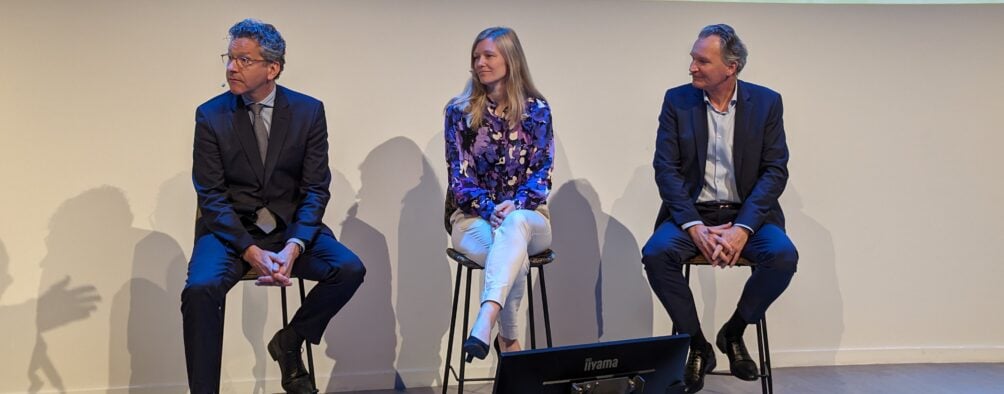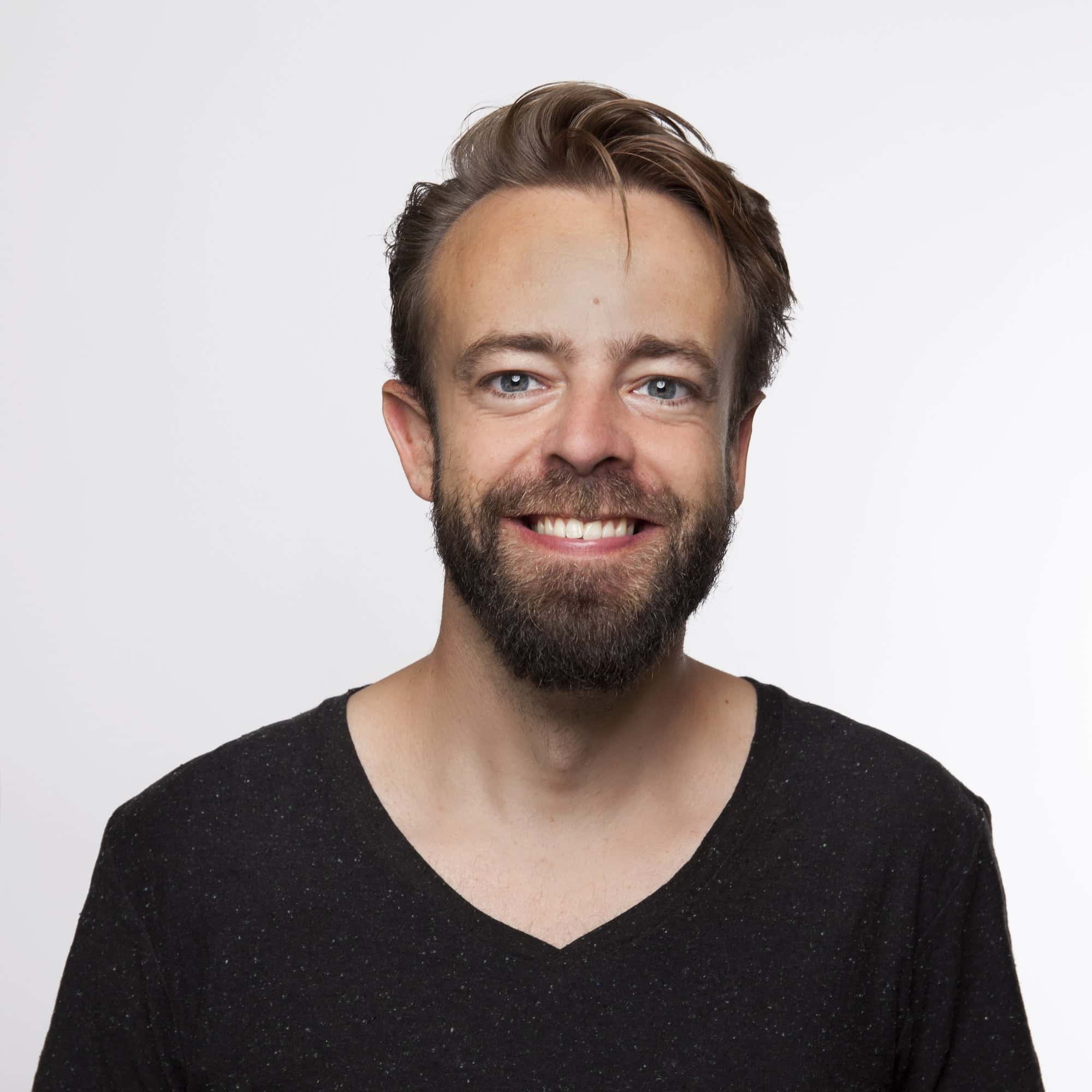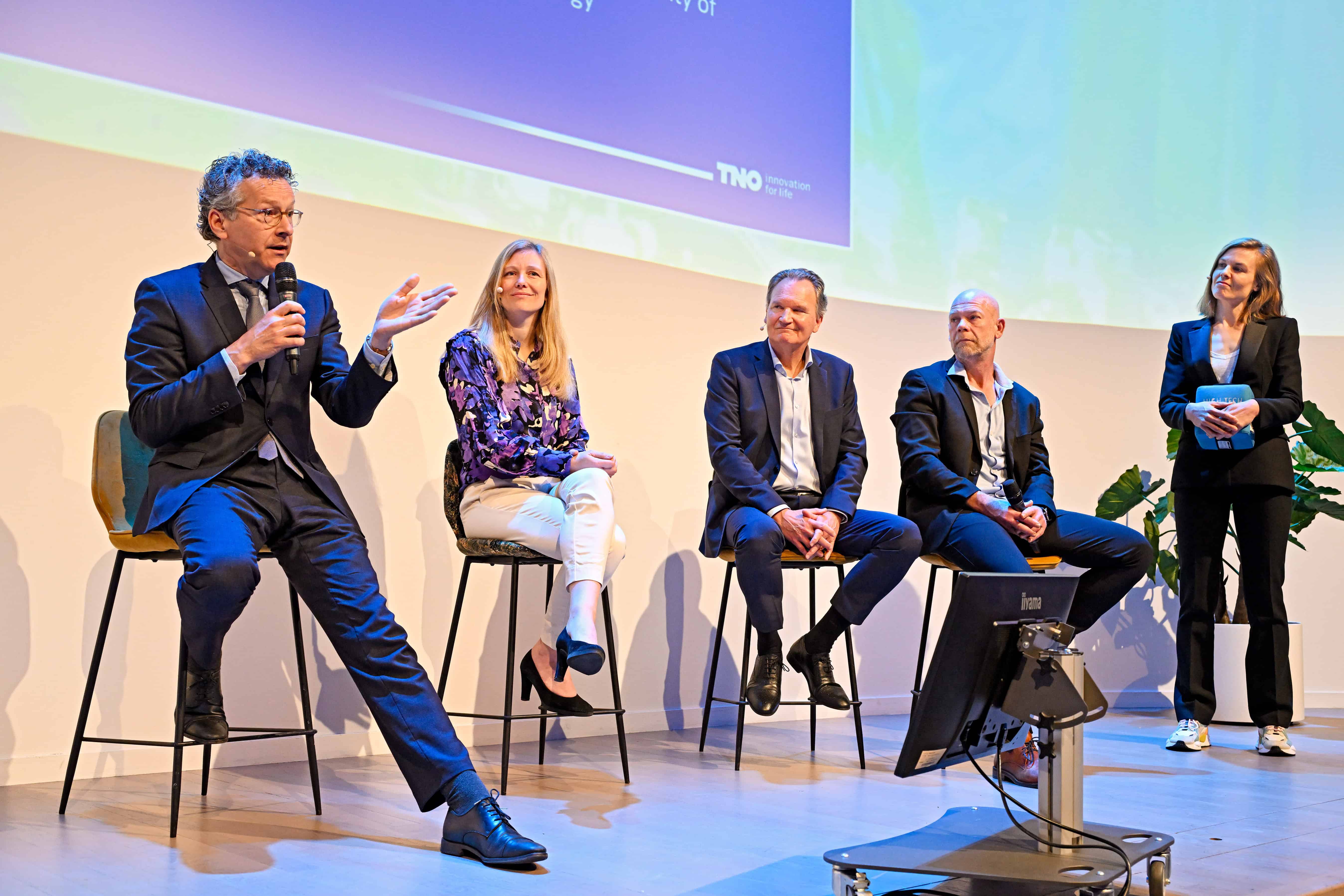
It was the last question from the audience, at the end of a panel session of TNO’s Innovation Day. A Nexperia employee wanted to know how Brainport managed to arrange the billions of Euros coming from the government. “Mr. Dijsselbloem, what would be your advice to other regions to be successful in arranging this money, these other things for their regions?”
The Eindhoven mayor didn’t need more than half a second for his answer. “Come join us.”
Why you should read this
Brainport Eindhoven just secured billions of euros from the national government. How did they do it? Why was it necessary? And how will other regions benefit from this? Mayor Jeroen Dijsselbloem explains.
Formally, the Brainport region is defined by the borders of these 21 municipalities in South East Brabant. “But in fact, the region is becoming bigger and bigger”, Dijsselbloem added. “Already we are developing cooperation with communities in North Limburg. We’re starting to talk with the Flemish governments and Flemish communities just across the border. So, we will talk to communities just north of our region, and gradually, we will expand. There is a practical reason for it. The public sector cannot keep up with the way the economy is growing at the moment. And that’s the truth. So I’m not saying that the economy will forever keep growing at this pace in this region, but at the current pace, we’re struggling to even stay close. So we need to expand the region. We also need housing projects in a wider area.”
How to copy Brainport?
But there’s more to it than just a challenge for the region, Dijsselbloem added. “A lot of regions come here and ask us about our success. They want to know if they can copy it. ‘What are the do’s and don’ts?’ In all honesty, it’s not easy to copy what’s happened here. It comes from a tradition. One tradition is, of course, Philips, which had a very dominant role here. Huge spending on R&D drew in enormous numbers of talent over a longer period, more than 100 years. And that ecosystem grew with Philips. So that was one reason why there was a successful humus layer here, in which new companies could develop like ASML.”
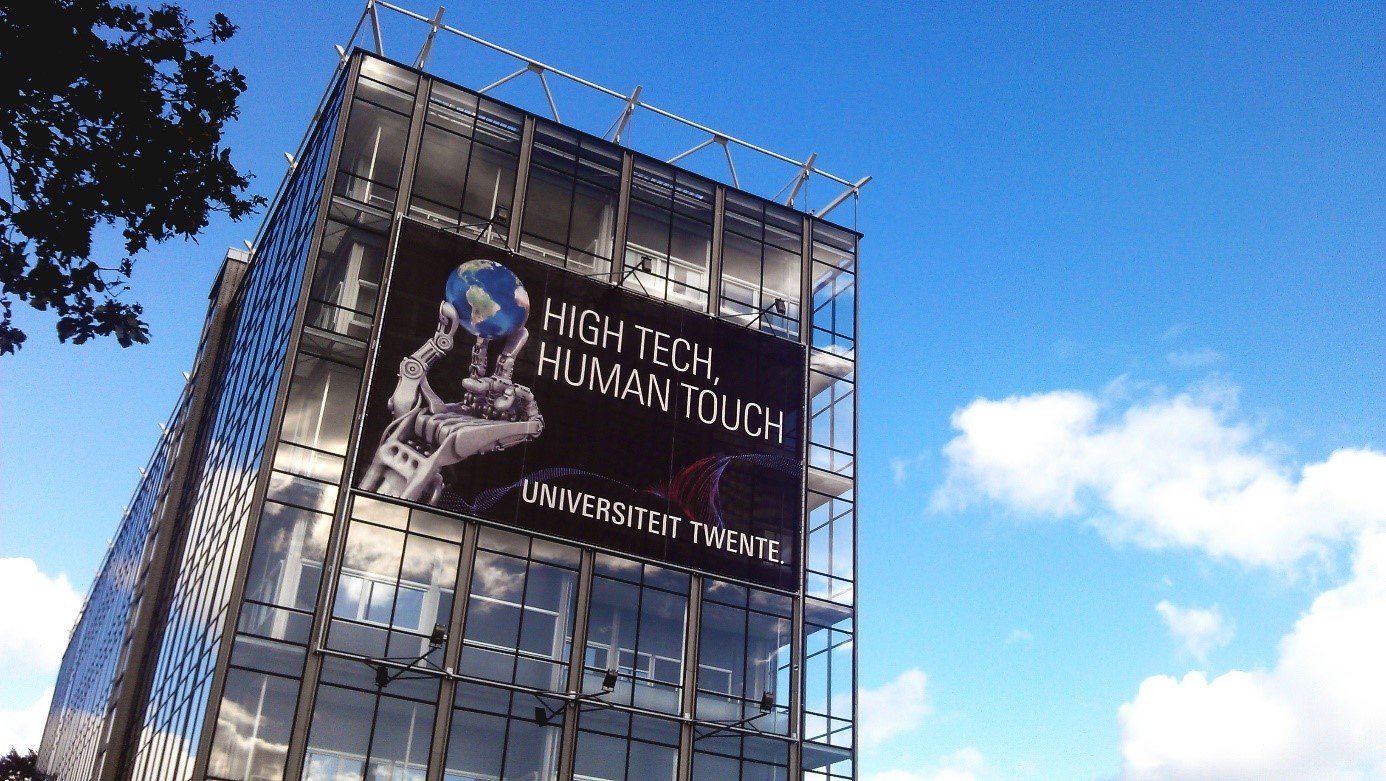
Another reason, Dijsselbloem added, is more cultural. “There is a strong tradition here to work together, developed even further since the 1990s when the ‘Triple Helix’ cooperation was set up. Other regions try to copy this Triple Helix, which is the collaboration between knowledge institutes, the private sector, and governments. But there are two big differences. One is that the focus is already here. Historically, we have an almost natural focus on tech. Other regions don’t have that. The second thing is skin in the game. Everyone here, governments and private players, participate in projects, also financially. We have a joint development company, Brainport Development, which sets up all kinds of projects, also on innovation. That’s what I mean by ‘skin in the game’. It’s not just about talking. It’s about sitting down together and investing together, both in public developments and private innovation developments.”
“So it’s not easy to copy. But then again, just join us.”
Double the average growth
Before his invitation to join Brainport’s success, Dijsselbloem had already explained why the region desperately needed 2.5 billion euros. “The local environment, the regional conditions to allow for further growth, are not just for ASML, but for the whole Brainport region. For the last 10 years, we’ve been growing twice as fast as the Netherlands, and that has really put stress on everything, from housing to mobility and infrastructure, school buildings, the healthcare system, and so on.”
The local government already did the calculations years ago, when ASML first announced that it would continue to grow fast and double its facilities. “In our estimates for housing development and infrastructure, we were already working on the basis that just from the growth of the high-tech here, there would be an additional 70,000 to 80,000 jobs in the next ten years, and that would require over 100,000 extra houses. ASML still formally has to decide where it will expand, but if it’s going to land here, it will go even faster. So, we already recognize the numbers, but the growth process is going much faster than we had realized. That’s why we asked for support from the national government.”
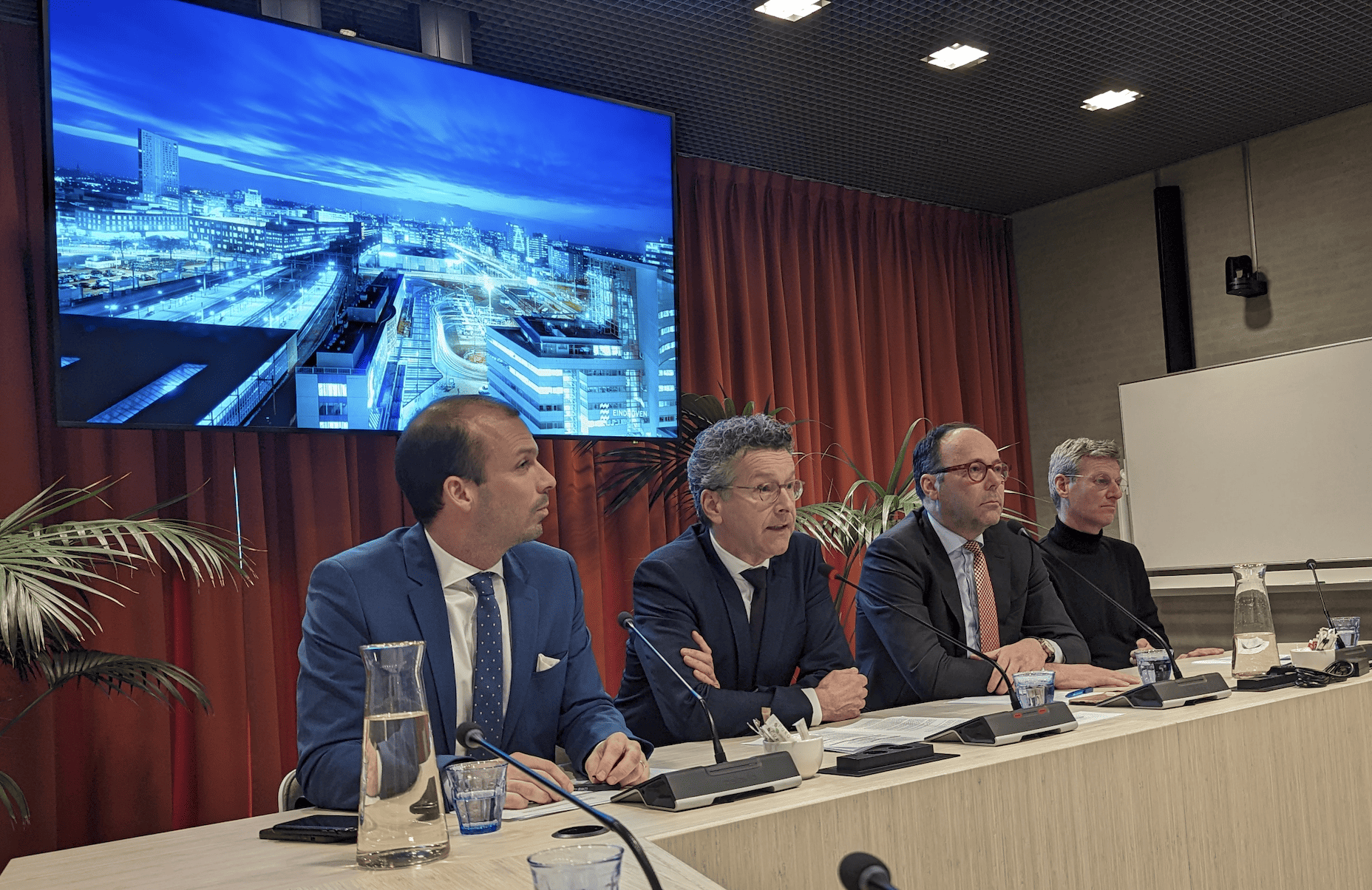
Extraordinary
After just a couple of weeks of negotiations, the government arranged 2.5 billion, of which 1.7 comes from The Hague. This is on top of the 1.6 billion deal already struck two years ago. Dijsselbloem: “Part of it comes from us, local, regional governments. Parts will come from the private sector, which is quite extraordinary because I don’t know any other examples in the Netherlands where the private sector has participated in public facilities and public investments. And we’re talking hundreds of millions of euros. That’s unique.”
Dijsselbloem said the goal is to build an ecosystem that allows for thousands of tech manufacturing companies. “Currently, we have just over 6,000 tech companies here, from very small to ASML and everything in between. Of course, we can speculate whether ASML will still be here or will still be as successful in 10, 20, or 30 years. The history of the big tech companies is quite short. Who can tell what the situation will be in 20 years from now? The best thing to do is to create the conditions for new technologies and new companies to develop further and grow. That’s exactly why we need the money for accommodation, support, innovation, and everything else.
